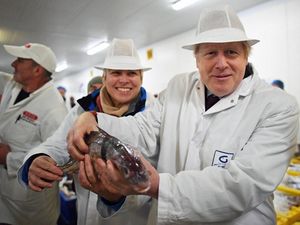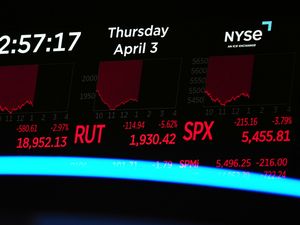Constituency profile: Great Grimsby
A Labour seat since 1945 that might be about to turn blue.

If the Conservatives win Great Grimsby this week, it will bring to an end a period of Labour representation in the constituency that has lasted without a break for 74 years.
It will also symbolise how successful the Tories have been at this election in overturning generations of political tradition in Labour’s heartlands.
Only four MPs have represented Great Grimsby since the end of the Second World War, all of them Labour – Kenneth Younger, Tony Crosland, Austin Mitchell and Melanie Onn.
It has been a marginal seat ahead of various elections, including 1964, 1987 and 2015, but on each occasion Labour held on.
Now that might be about to change.

The Conservatives need a swing of 3.7% on December 12 to overturn Ms Onn’s majority of 2,565.
Polls suggest the party might be on course to take the seat with candidate Lia Nici, and by a comfortable margin.
It is an outcome that could be repeated in other constituencies across northern England with decades of Labour history.
Examples include Bishop Auckland (Labour since 1935), Wakefield (1932), Don Valley (1922) and Rother Valley (1918).
All of these seats could turn blue on December 12 if the Conservatives perform strongly.
Boris Johnson visited Great Grimsby on Monday while on the campaign trail.
If his party wins the seat this week, it will vindicate the Tories’ strategy of targeting Leave-backing Labour voters in parts of the country that have not seen Conservative MPs for generations.
Six candidates are standing in Great Grimsby: Labour, Conservative, Liberal Democrat, Green, the Brexit Party and an Independent.




